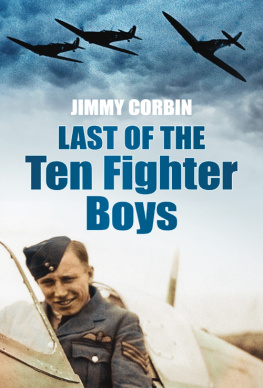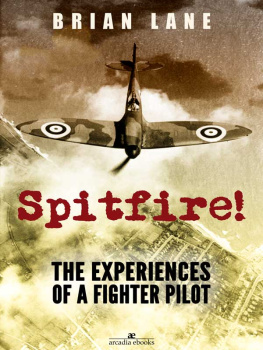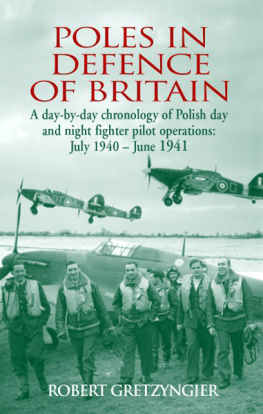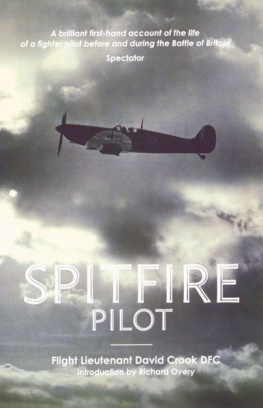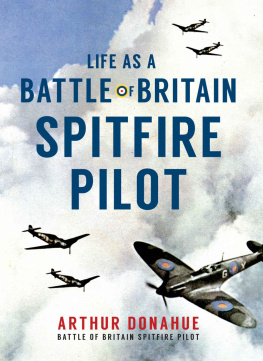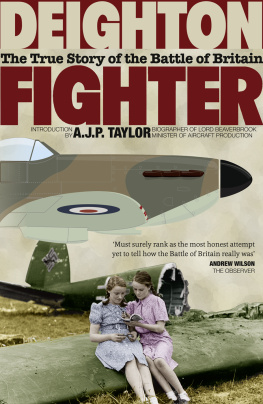To unexpected heroes
First published in 2015
Amberley Publishing
The Hill, Stroud,
Gloucestershire, GL5 4EP
www.amberley-books.com
Copyright Helen Doe 2015
The right of Helen Doe to be identified as the Author of this work has been asserted in accordance with the Copyrights, Designs and Patents Act 1988.
ISBN 9781445646114 (PRINT)
ISBN 9781445646121 (eBOOK)
All rights reserved. No part of this book may be reprinted or reproduced or utilised in any form or by any electronic, mechanical or other means, now known or hereafter invented, including photocopying and recording, or in any information storage or retrieval system, without the permission in writing from the Publishers.
British Library Cataloguing in Publication Data.
A catalogue record for this book is available from the British Library.
Typesetting and Origination by
Amberley Publishing.
Printed in the UK.
CONTENTS
ACKNOWLEDGEMENTS
This book arose from several conversations with my father. As I grew up he was still a serving RAF officer and in those days he rarely mentioned his wartime experience, apart from the occasional reference. He was then, in general, not very approving of those who rushed out memoirs or books that glorified war. Many years later he was persuaded to write his memoirs, and when I later became an academic historian we discussed another book using the many newly released documents. It has taken me several years and has been a steep, but very worthwhile, learning curve. During my research I came to an even greater appreciation of the achievements of those who served during the war, and there are many unsung heroes; ordinary people doing extraordinary things.
When I began I was asked by one serving officer whether I planned to destroy any myths. It was a good question; myths do need testing, and in this book they have been checked wherever possible and also put into context. As my research journey continued it raised a host of questions about why, who, where and when, so what is reflected in this book is also a part of my education about aspects of the RAF in the Second World War. I also had a key question in my mind regarding leadership. My fathers highest decoration, the DSO, was for outstanding leadership. So who and what influenced his leadership? He was also certain that there were those who had never had due credit. He was a great admirer of the part played by Dowding and Park, in particular, but was equally determined that men like Pat Hughes, and other lost colleagues, should be remembered for their significant contribution. I have tried to make sure that they are remembered here and I thank my brother, Robert, who inspired me at my fathers funeral by ensuring that the congregation recalled those who did not come back from war.
In my research I soon found that mentioning my fathers name brought a smile to many people, and he is valued not just for his wartime actions but for the man he was. But being his daughter also brought some potential limitations as there was a risk of familial bias. Luckily I stumbled on Eddie Sparkes and his memoirs. Eddie comes across as a fascinating, if unconventional character, and it was clear he did not get on with his commanding officer, Bob; he did not get on with any of his COs. But he did provide that opposite view, which was helpful.
Thanking all the people who have helped me in my research is not easy as there have been so many who have been more than generous with time, material and enthusiastic encouragement. My colleagues at the University of Exeter, and in particular Dr Michael Duffy, were helpful supporters of my mission. Archivists are wonderfully patient and helpful people and I am indebted to Sebastian Cox at the RAF Historical Branch, Nick Mays of News International, the team at Surrey Record Centre, archivist Peter Capon at the Museum of Army Flying, the team at the RAF Museum and the staff at the National Archives. Sir Emsley Carrs grandchildren Sarah, Richard and William, shared memories and photographs with me. Professor Murray Meikle of University of Cambridge discussed maxillofacial injuries and coped with all my laymans questions and very kindly let me see drafts of his book. Jagan Pillarisetti sent me copies of 10 Squadron IAF operations record books. Professor Harry Bennett of Plymouth also sent early drafts of his work on the French pilots and Dr Jeremy Crang shared some unpublished research data with me. Professor Richard Overy encouraged me despite his busy schedule and Stephen Bungay read the early chapters and made some very helpful comments. Friends and family were roped in at various stages. Tony and Jan Wright provided medical information, my niece Julie Weston sent me information on her grandmother, and my sister, Susan, and my brother, Robert, have been strong supporters. A thank you to Sheryll Murray MP and Anna Soubry MP who supported my project and unlocked doors. Various people helped in location research Mary Pollack at Kings Somborne and Lieutenant Colonel Chris Ion, Army Air Corps Regimental Secretary, who put me up in Middle Wallop officers mess in late August and spent much time showing me around the base. Kristen Alexander shared information and gave great long-distance support from Australia. Sally Bryant encouraged and made useful comments on early drafts. Wing Commander Erica Ferguson and Keith Arnold of Bentley Priory were most kind. 234 Squadron Association members, especially Derek Colbourne, Group Captain Nigel Walpole and Group Captain Tim Thorn, have been more than helpful and welcomed me to the group. Ray and Effie Stebbings and Lois and Hugh Pihlens were wonderfully kind. Air Marshal Dick Garwood helped in many ways to open doors for me. Group Captain John Jupp provided me with material and some very useful comments on leadership. Sir Erik Bennett, Dickie Dicken, Tim Elkington, Terry Kane, Keith Lawrence and Tony Pickering were generous with their memories and time. Many more people were very generous with photographs and I have credited them where possible.
I owe a special debt to Air Vice-Marshal John Feesey, who read several versions of the drafts, patiently listened to my wittering, gently educated me, saved me from errors on many occasions and proofread the final document.
I am well aware that I have dared to venture into a specialist territory which has an army of knowledgeable and enthusiastic researchers. My errors are all my own and are no reflection on those who assisted me so kindly.
My most important thank you is to my husband, Michael, who has been infinitely patient, helpful and forbearing during the gestation of this book.
Helen Doe
ABBREVIATIONS
| ACSEA | Allied Command South East Asia |
| AOC | Air Officer Commanding |
| AP/O | Acting Pilot Officer |
| AuxAF | Auxiliary Air Force |
| Bf 109 | Messerschmitt Bf 109 |
| Bf 110 | Messerschmitt Bf 110 |
| CAS | Chief of Air Staff |
| CFI | Chief Flying Instructor |
| CGI | Chief Ground Instructor |
| C-in-C | Commander-in-Chief |
| CID | Criminal Investigation Department |
| COS | Chiefs of Staff |
| DFC | Distinguished Flying Cross |
| Do 17 | Dornier 17 |
| Do 18 | Dornier 18 |
| DSO | |



